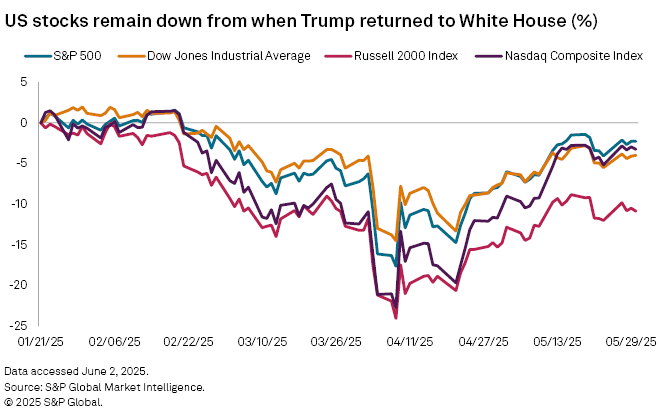S&P Global Offerings
Featured Topics
Featured Products
Events
S&P Global Offerings
Featured Topics
Featured Products
Events
S&P Global Offerings
Featured Topics
Featured Products
Events
S&P Global Offerings
Featured Topics
Featured Products
Events
Language
Featured Products
Ratings & Benchmarks
By Topic
Market Insights
About S&P Global
Corporate Responsibility
Culture & Engagement
Featured Products
Ratings & Benchmarks
By Topic
Market Insights
About S&P Global
Corporate Responsibility
Culture & Engagement

Featured Articles
Ongoing uncertainty about US trade policy has become a dominant theme in financial markets, triggering a bond market sell-off, pushing stocks off their highs and sending the US dollar to its lowest level in years amid back-and-forth on tariffs on US imports.






Our experts provide insights and analysis to empower confident decision-making. Whether you're a business leader, investor, or simply curious about the forces shaping our world, The Decisive podcast is here to provide you with the knowledge you need to stay ahead. Join our team of seasoned analysts as they explore the ever-changing landscape of maritime, trade and supply chain, economics and country risk.
This report does not constitute a rating action, neither was it discussed by a rating committee.